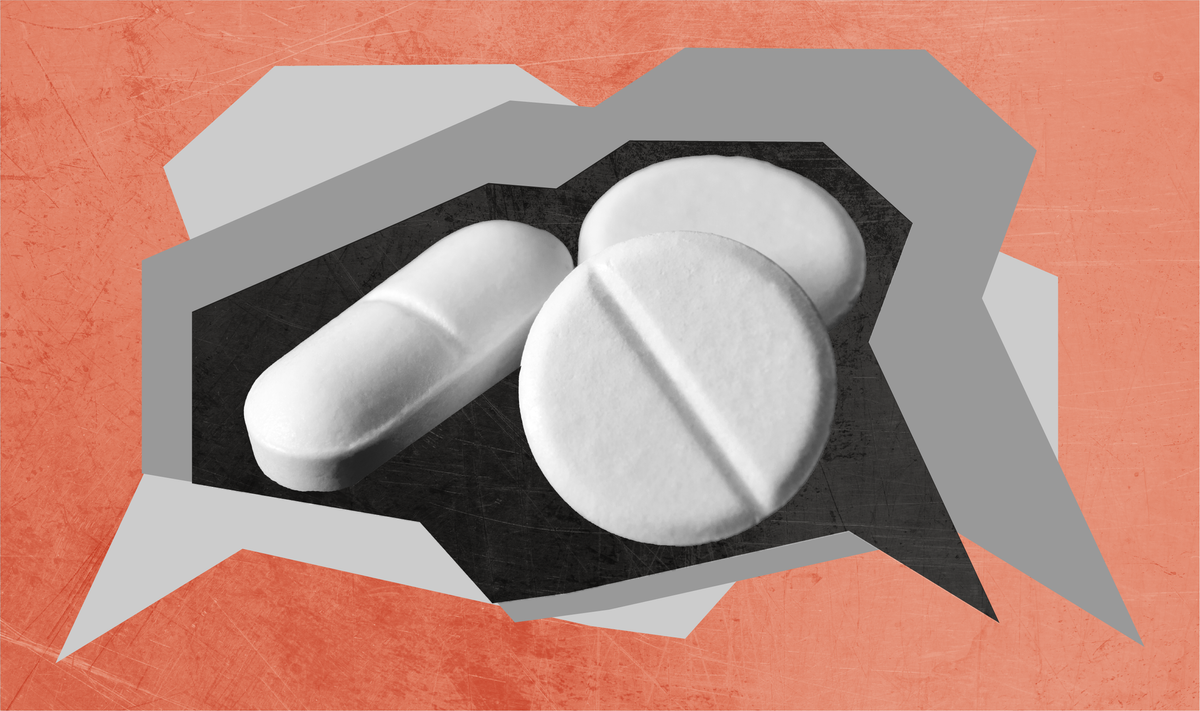Social media users question who is responsible for overdose deaths
Plus, posts debated whether heroin is safer than fentanyl and discussed a new non-opioid pain medication.

Plus, posts debated whether heroin is safer than fentanyl and discussed a new non-opioid pain medication.
This past week, news that President Donald Trump pardoned the operator of an illegal online marketplace that sold drugs sparked discussion about who should be held accountable for overdose deaths. In other conversations, posts questioned whether heroin is safer than fentanyl and discussed the potential benefits of Journavx, a newly approved pain medication that could reduce opioid prescriptions.
In response, public health communicators may share overdose prevention tools, outline the dangers of heroin and fentanyl, and share information about Journavx and other non-opioid pain management options.

Insights brought to you by the reporters and science writers of Public Good News (PGN), a nonprofit newsroom dedicated to improving community health.
What’s trending nationally in conversations about substance use
On January 22, President Trump pardoned a man who was sentenced to life in prison in 2015 for operating Silk Road, an online marketplace that allowed users to buy and sell illegal goods and services, including drugs. Trump’s pardon ignited debate across social media platforms about who is responsible for overdose deaths, with some posts garnering more than a million views. Some commenters suggested that those who sell and manufacture both legal and illegal drugs should be held accountable for overdose deaths. Others expressed stigmatizing attitudes toward people who have died from overdoses, arguing that they are solely to blame.
The Trump administration recently began dismantling the U.S. Agency for International Development, publishing a memo claiming that USAID had “wasted and abused” money that allegedly funded “fertilizer used to support the unprecedented poppy cultivation and heroin production in Afghanistan.” On February 2, an X post asking, “Why was USAID funding the production of heroin in Afghanistan?” received approximately 18.7 million views, 27,000 likes, 11,000 reposts, and 1,600 comments as of February 5. Many comments debated whether the claim was true and whether heroin is safer than fentanyl.
On January 30, the FDA approved Journavx (suzetrigine), a non-opioid medication, to treat short-term pain. Experts hope that the drug could reduce opioid prescriptions and prevent opioid use disorder. One doctor told NBC News that “all the evidence suggests [Journavx] has no addiction potential at all.” One Reddit post discussing the medication received approximately 19,000 upvotes and 660 comments as of February 5. Some comments suggested that Journavx sounds “too good to be true,” while others hoped that the medication could provide safer pain management for patients, especially after surgery.

Recommendations brought to you by the health communication experts behind Infodemiology.com.
Recommendations for public health professionals
Each week, the Infodemiology.com team will provide messaging recommendations in response to some of the trending narratives outlined above. These helpful tips can be used when creating content, updating web and FAQ pages, and developing strategy for messaging about opioids.
Persistent stigma toward people who use drugs shows a need for ongoing education. Messaging may explain that substance use disorder is a chronic health condition that can happen to anyone and that anyone can overdose on opioids. However, some populations face higher risk, such as people who have a history of substance use disorder or health conditions like sleep apnea, people who use other substances in addition to opioids, and older adults. Additional messaging may outline the signs of an opioid overdose and explain where people can access naloxone, which reverses an opioid overdose, and how to use it.
Conversations about heroin and fentanyl provide an opportunity to educate the public about these drugs. Messaging may explain that heroin is a highly addictive opioid that can cause overdose deaths and that using heroin with other drugs or alcohol increases the risk of overdose. Additionally, injecting heroin with equipment that is not sterile increases the risk of dangerous viral infections like HIV and hepatitis C, as well as bacterial infections. Fentanyl is another dangerous opioid that is up to 50 times stronger than heroin and has been linked to most overdose deaths in the U.S. Fentanyl can be unknowingly mixed with other drugs, which increases the risk of overdose. Syringe services programs offer harm reduction tools like sterile syringes, infectious disease testing, vaccinations, naloxone, drug test strips, and referrals to care to reduce the spread of diseases and prevent overdose deaths. Sharing information about local SSPs and other harm reduction programs is recommended.
In response to questions about Journavx, messaging may explain that it is not an opioid and that it is approved to treat short-term pain. Clinical trials have shown that the medication is effective at treating moderate to severe pain, and early research suggests that it is non-addictive. Journavx is not right for people who are taking CYP3A inhibitors, like fluconazole or erythromycin. Patients should talk to their health care provider about their medical history and other medications and supplements they take to determine the best pain management options for them.
